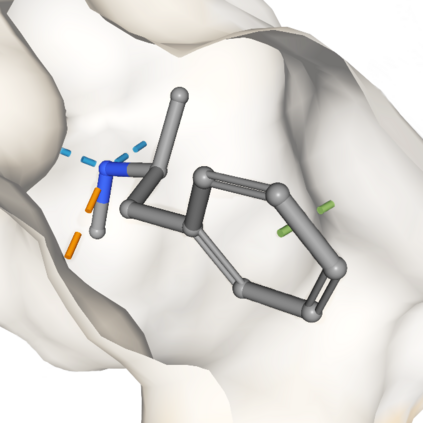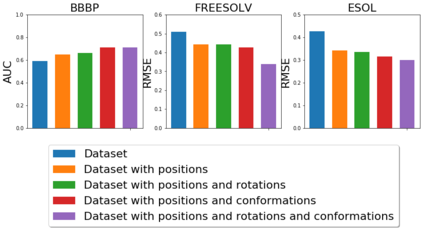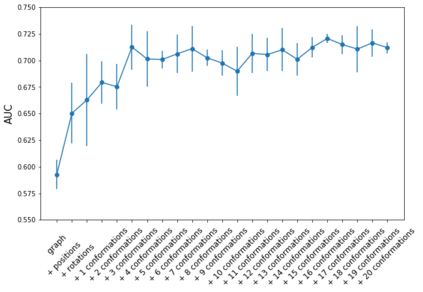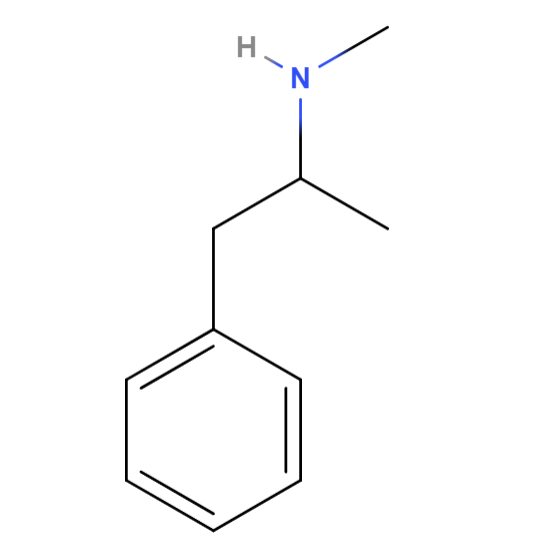Graph Convolutional Networks (GCNs) have recently become the primary choice for learning from graph-structured data, superseding hash fingerprints in representing chemical compounds. However, GCNs lack the ability to take into account the ordering of node neighbors, even when there is a geometric interpretation of the graph vertices that provides an order based on their spatial positions. To remedy this issue, we propose Geometric Graph Convolutional Network (geo-GCN) which uses spatial features to efficiently learn from graphs that can be naturally located in space. Our contribution is threefold: we propose a GCN-inspired architecture which (i) leverages node positions, (ii) is a proper generalisation of both GCNs and Convolutional Neural Networks (CNNs), (iii) benefits from augmentation which further improves the performance and assures invariance with respect to the desired properties. Empirically, geo-GCN outperforms state-of-the-art graph-based methods on image classification and chemical tasks.
翻译:图表革命网络(GCN)最近已成为从图表结构数据中学习的主要选择,它取代了代表化学化合物的散列指纹,然而,GCN缺乏考虑到结点周围的顺序的能力,即使对图形脊椎有几何解释,提供基于空间位置的顺序。为了纠正这一问题,我们提议几何图形革命网络(GCN)利用空间特征有效地从自然位于空间的图表中学习。我们的贡献有三重:我们提议一个GCN启发型结构,(一) 利用节点位置,(二) 是GCN和进化神经网络(CNNs)的恰当概括,(三) 扩大的好处,进一步提高了工作性,保证了对理想特性的不变化性。在图像分类和化学任务方面,地球-GCN的外形优于以图表为基础的状态方法。









